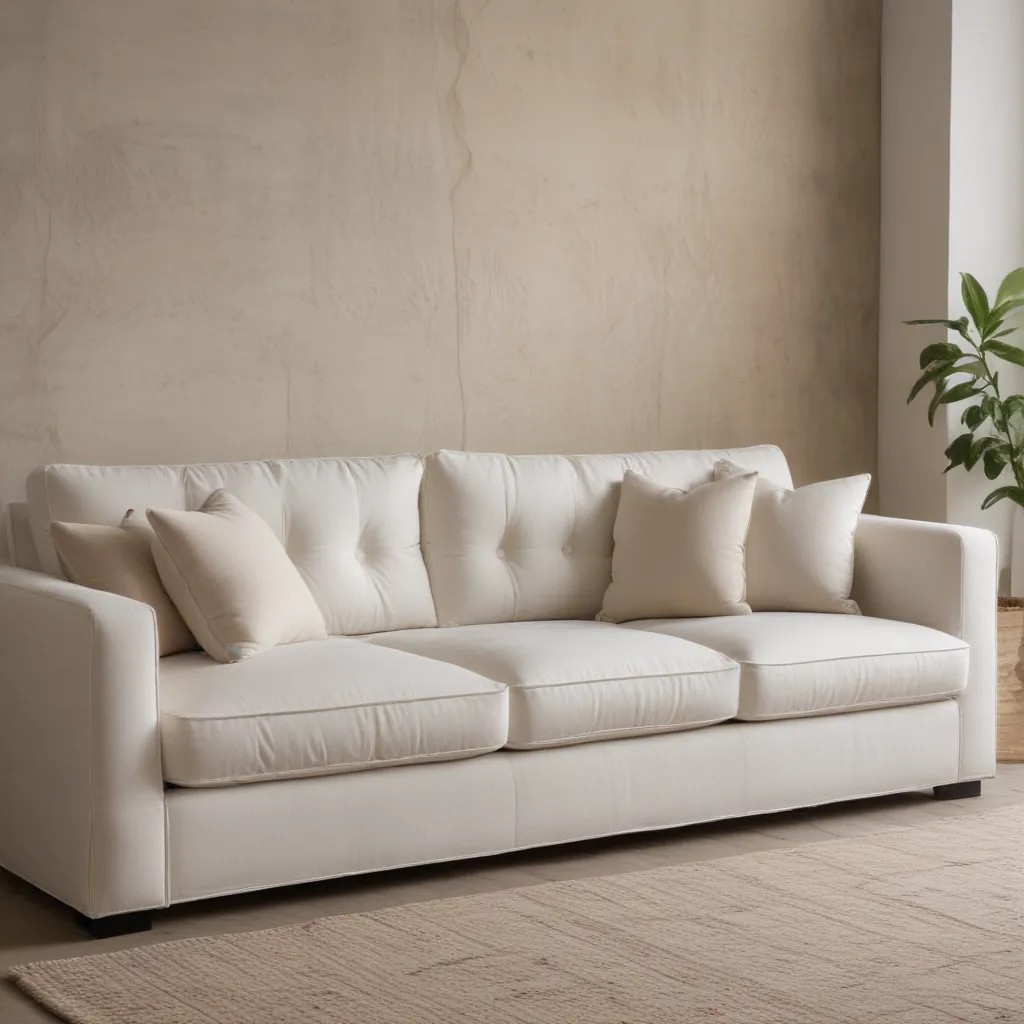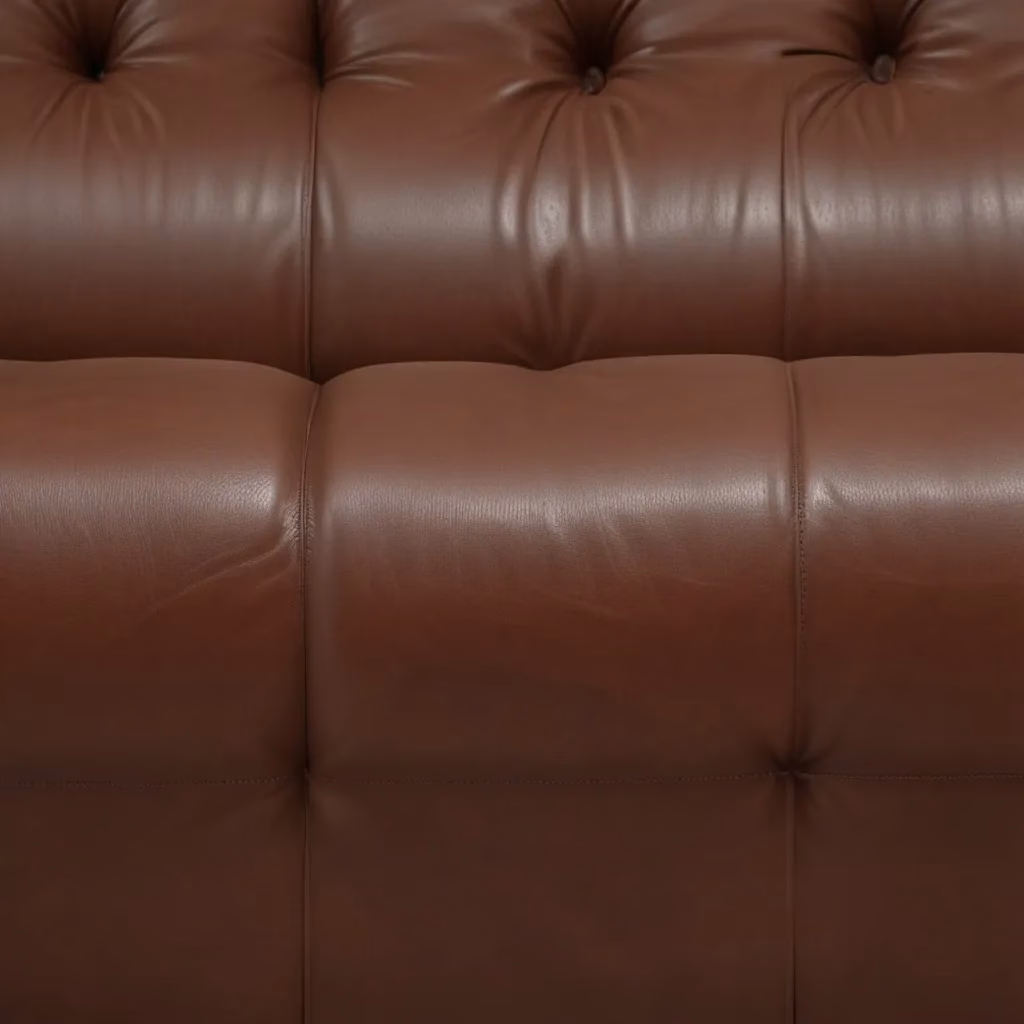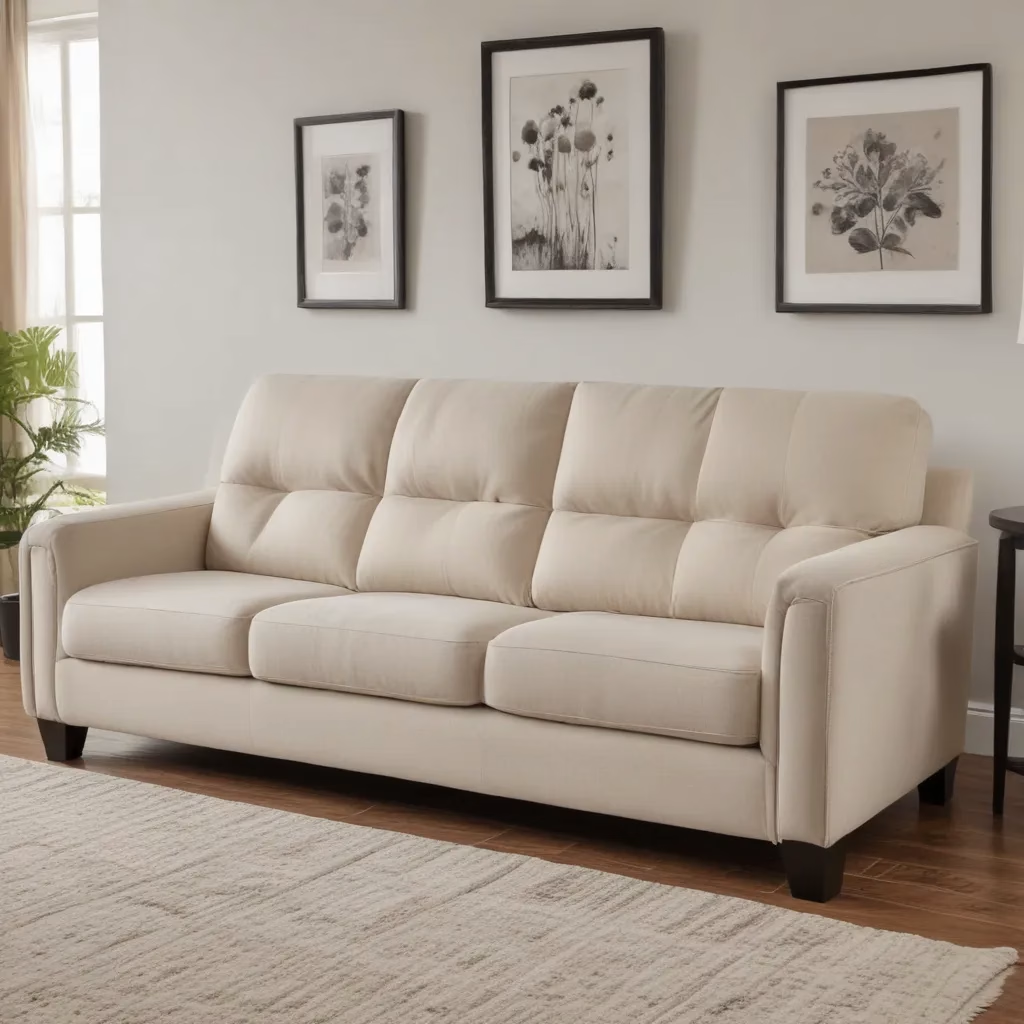Unraveling the Mysteries of Sofa Anatomy
Ah, the sofa – that beloved centerpiece of our living rooms, where we sink in, kick back, and let the stresses of the day melt away. But have you ever wondered what’s really going on underneath those plush cushions? Fear not, my friends, for today we’re going to delve into the inner workings of sofa design and demystify the structures, springs, and fillings that make our comfy companions so, well, comfortable.
Let’s start with the basics. At its core, a sofa is designed to fulfill two primary functions: provide comfort and support. It’s all about finding that sweet spot between sinking in and staying properly aligned. Too soft, and you’ll feel like you’re being swallowed by a marshmallow. Too firm, and your back will be begging for mercy. It’s a delicate balance, to be sure.
Now, the key components that help a sofa achieve this equilibrium are the comfort layer and the support layer. The comfort layer, typically made of memory foam or latex, is responsible for that plush, cradling sensation. It’s the stuff that allows your body to sink in and feel like you’re being hugged by a cloud. The support layer, on the other hand, is the sturdy foundation that keeps your spine in proper alignment, whether you’re lounging, napping, or binge-watching the latest must-see series.
As the Reddit community has aptly pointed out, these two layers work in tandem to create the ultimate sleeping (or sitting) experience. And the best part? You don’t have to be a sofa engineer to understand how it all comes together.
The Sofa Anatomy Lesson You Didn’t Know You Needed
Alright, let’s dive a little deeper, shall we? picture a sofa, and you probably envision a squishy, inviting surface atop a sturdy frame. But there’s so much more going on behind the scenes. Let me take you on a guided tour of sofa anatomy, starting from the bottom up.
The foundation of any well-designed sofa is the frame. This structural backbone is typically made of hardwood, like oak or maple, and it’s responsible for supporting the entire weight of the sofa and its occupants. The frame also determines the shape and overall aesthetic of the piece, so it’s a crucial element in the design process.
Perched atop the frame, you’ll find the support layer, which is where the magic really happens. This is the layer that provides the backbone (pun intended) for the sofa, ensuring your spine stays properly aligned as you sink in. As the Reddit experts noted, the most common support layer materials are latex, polyurethane foam, and pocket coil springs. Each option has its own unique properties and benefits, so it’s important to choose wisely based on your individual needs and preferences.
But wait, there’s more! Nestled between the support layer and the comfort layer, you might find a transition layer. This intermediary element helps bridge the gap between the firm foundation and the plush upper layer, creating a seamless, comfortable experience. Think of it as the sofa’s diplomatic corps, ensuring harmony and balance throughout the seating structure.
And finally, we arrive at the pièce de résistance: the comfort layer. This is the luxurious, cloud-like surface that envelops your body, making you feel like you’re sinking into a dream. Memory foam and latex are two of the most popular comfort layer materials, each with their own distinct qualities. Memory foam, for example, is known for its ability to mold to the contours of your body, while latex offers a more responsive, resilient feel.
Unlocking the Secret Language of Sofa Specs
Now that you’ve got a better understanding of the underlying structure of a sofa, let’s dive into the nitty-gritty of the materials and specifications that make it all work.
One of the key metrics you’ll encounter when researching sofas is the Indentation Load Deflection (ILD) rating. This number, which typically ranges from 10 to 50, indicates the firmness of the foam or latex used in the sofa’s construction. The higher the ILD, the firmer the material. So, for example, a support layer with an ILD of 40 would be significantly more firm than a comfort layer with an ILD of 15.
Another important factor to consider is density, which is usually measured in pounds per cubic foot (lb/ft³). The higher the density, the more durable and long-lasting the material will be. As the Reddit experts pointed out, there’s not always a direct correlation between density and firmness, so it’s important to look at both metrics to get a complete picture of a sofa’s construction.
And let’s not forget about the springs! Pocket coil springs, which are individually wrapped in fabric, are a popular choice for the support layer. These springs come in a variety of gauges (thickness) and configurations, each offering a unique feel and level of support. The number of coils per square foot also plays a role in the overall comfort and durability of the sofa.
Striking the Perfect Balance: Comfort, Support, and Style
With all this technical information under your belt, you might be wondering, “How do I choose the right sofa for my needs?” Well, my friends, it’s all about striking the perfect balance between comfort, support, and style.
First and foremost, consider your sleeping (and sitting) preferences. Are you a side sleeper who craves a plush, contouring surface? Or a back sleeper who needs a firmer foundation to keep your spine aligned? Knowing your body’s unique needs is the key to finding a sofa that will have you feeling like a dream.
Next, take a look at the wide range of sofa offerings from Sofaspectacular, a custom sofa company in the UK that specializes in creating the perfect blend of comfort and style. With their extensive selection of materials, configurations, and customization options, you’re sure to find a sofa that checks all your boxes.
And don’t forget about the aesthetic factor! After all, your sofa is the centerpiece of your living room, so you’ll want it to not only feel great but also look great. Sofaspectacular’s team of designers can help you choose the perfect fabric, color, and silhouette to complement your existing decor and personal style.
So there you have it, folks – the inside scoop on sofa anatomy and design. Armed with this knowledge, you can now embark on your quest for the perfect sofa, confident in your understanding of what makes a truly exceptional seating experience. Happy shopping, and may your future sofa adventures be as comfortable and stylish as can be!




